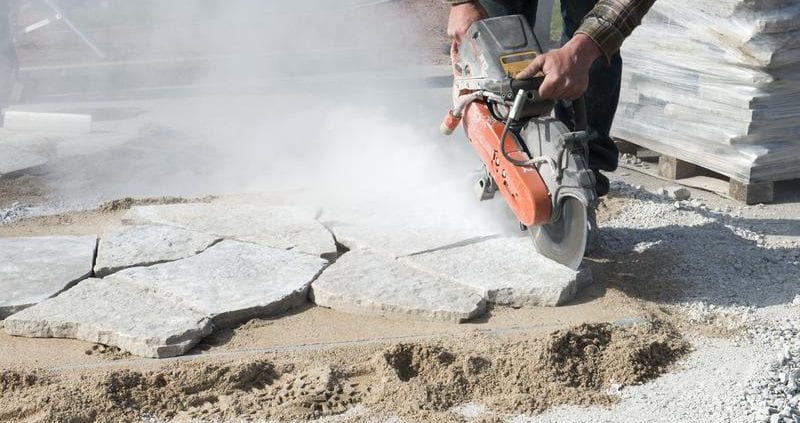How to Reduce the Environmental Impact of Home Improvement
Building equity in a home is a strategy many homeowners employ when they are preparing to sell their home. Various home improvement projects can do great things to improve the value of a home and make it more comfortable. Unfortunately, these types of projects have the potential to negatively impact the environment. So what can homeowners do to reduce the environmental impact of home improvement projects?
Manage Waste
There’s always some amount of waste produced during a home improvement project. Part of this is because you might have more materials than you need to complete the project. This helps you to account for mistakes. Another factor is that your project may not inherently work well with the standard size your materials come in. To the best of your ability, plan your project around those standard sizes to reduce the need to use partials. Instead of hauling everything left over from your project to the dump, find more environmentally friendly ways to dispose of it. Some materials are recyclable, while others can be donated for use in other projects.
Use Sustainable Materials
Using sustainable materials helps protect the environment by using materials that generate less waste to manufacture. There are a variety of sustainable materials that you can use in various home improvement projects. Reclaimed wood is a popular option that lends a unique appearance to any project it’s used in. Bamboo and cork are both fast-growing options that can be used in a variety of projects. If you’re planning to redo your driveway, consider using recycled asphalt. Recycled asphalt has a lower environmental cost compared to other materials.
Deconstruction vs Demolition
Often, home improvement projects require some degree of deconstruction or demolition work before getting started on the improvement part of the project. You can reduce landfill waste generated by your project by opting to deconstruct instead of demolish. This helps preserve the condition of the existing materials, which can then be sold or donated for use in other projects. It takes more time and may cost more, but it’s a more environmentally responsible approach.
There are multiple things homeowners can do to mitigate the environmental damage of home improvement projects. They can take steps to manage waste, use sustainable materials in their projects, and reuse existing materials instead of demolishing them. This can help them perform home improvement projects in environmentally responsible ways.
Read this next: How to Avoid Expensive Winter Home Repairs




